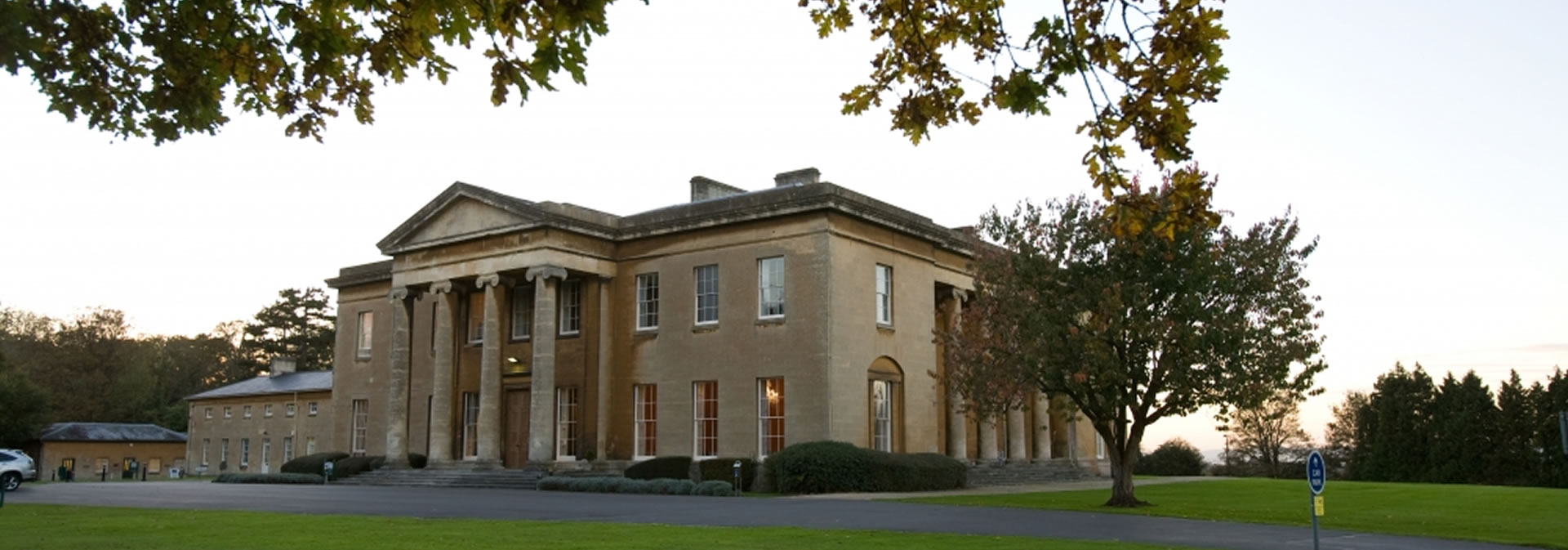Philip John Miles (1773-1845), said to be Bristol’s first millionaire, with interests in sugar, shipping, banking, and the slave trade purchased the Abbots Leigh Estate in 1811 but delayed commissioning the new mansion of Leigh Court until 1814. From 1818 he began to reshape the estate. Miles created two new entrances to what was to become Leigh Court. One was from the Upper Lodge on the Bristol Road and thence by a lane (now Coronation Avenue) down through Oak Wood and up again to the new mansion. The second (now current) entrance was past a second lodge on the Pill Road. Miles turned the old rabbit warren into a new Downs Park and established Lower Farm (later Home Farm) closer to Leigh Court.
Within the richly decorated Leigh Court Mansion was a magnificent central hall with an Adam ceiling and an organ, together a library and surrounding halls for family use and entertainment. From 1822 Miles established a major collection of classical paintings including works by Claude, Poussin, Rubens, Raphael and Titian. The collection was open on Thursdays to the Bristol public on obtaining a ticket from Miles Bank in Queen’s Square.
The Miles family occupied Leigh Court for a hundred years but in 1916 the mansion was sold. The Reverend Harold Nelson Burden had moved to Bristol in 1895 and in 1902, stimulated by the 1898 Inebriate Acts, established the National Institutions for Persons Requiring Care and Control. In 1914 Burden’s first ‘colony’ was established at Stoke Park and in 1915, with his wife Katherine, he jumped at the opportunity to buy the unsold 76 acre Leigh Court Mansion for £9,000. This was above the reserve of £7,500 which had been placed on the mansion six months before.
Leigh Court Mansion provided residential care and support for over two hundred women and girls and remained in the ownership of the Burdens until 1939 when Harold Burden’s second wife Rosa died, but thereafter the Trustees of the National Institutions retained freehold ownership of Leigh Court. In 1948 the Ministry of Health took over the lease of Leigh Court and continued to run it as a hospital and eventually bought it from the Burden Trust. When in 1985 the property became redundant with respect to the needs of the NHS, Leigh Court came into the ownership of St Christopher’s School which held it for a further three years. Sold by St. Christopher's in 1988, Leigh Court passed to a development company Jigsaw Interiors Ltd. which went into receivership, and from 1992 has been owned and developed as a business and conference centre by the JT group together with Leigh Court Associates.

